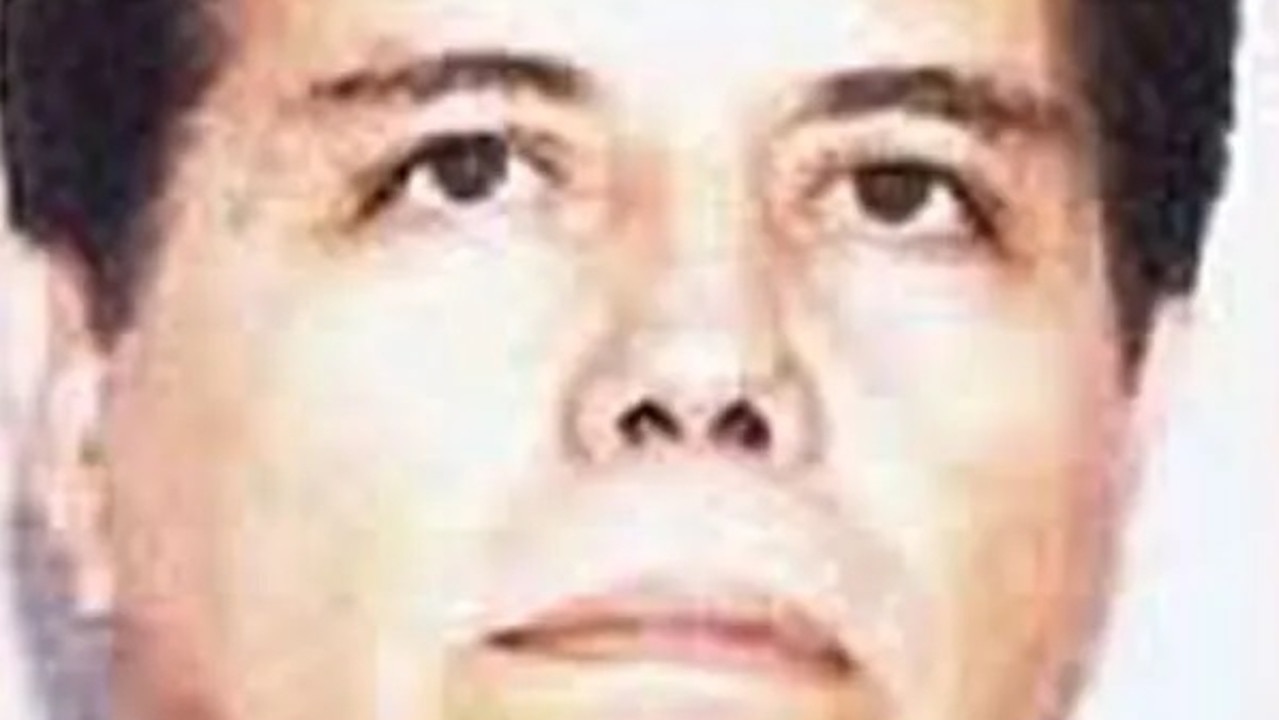Narcos on the front line: Bikies, cartels’ new Australian drug wave
Australia’s cocaine and ice market is now being hit with a new super strength drug as cartels in Mexico, Asia, the mafia and bikies cash in. See episode one of our new docuseries Narcos on the front line now.
Narcos on the Front Line
Don't miss out on the headlines from Narcos on the Front Line. Followed categories will be added to My News.
Exclusive: Drug cartels are plotting to flood Australia with a wave of super strength ice and a deadly new drug 50 times more powerful than heroin.
Colombian “narco-terrorists”, Mexico’s Sinaloa and CJNG cartels, Asia’s Sam Gor cartel, and the Ndrangheta mafia are targeting Australia’s lucrative ice and cocaine market.
The Comanchero, Lone Wolf and Hells Angels bikie gangs are brokering billion dollar deals with the drug cartels to distribute the misery-causing drugs on our streets.
Today, we launch a seven-day special investigation into the global drug trade – reporting from Colombia’s cocaine fields, Mexican meth labs and Panama’s ports.
The investigation also reveals bikie gangs are setting up chapters on Pacific Ocean islands to get an iron grip on drug distribution.
And meth cooks from Taiwan are perfecting their ice recipes in Asia’s Golden Triangle to hook more Australians on the highly addictive drug.
Australian Federal Police Assistant Commissioner Kirsty Schofield travelled with us to Latin America, meeting with top police and government officials in Colombia, Panama and Mexico.
Watch episode 1 of our docuseries Narcos on the front line above.
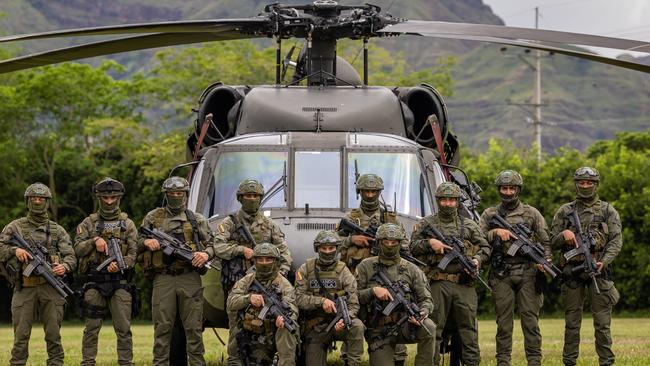
“The AFP is really committed to taking the fight offshore to stop the drugs at the source,” Asst Comm Schofield said in an interview at the port of Lazaro Cardenas in Mexico – a major shipping point for ice and cocaine.
“Drug trafficking is a global problem and the scale of it is phenomenal.”
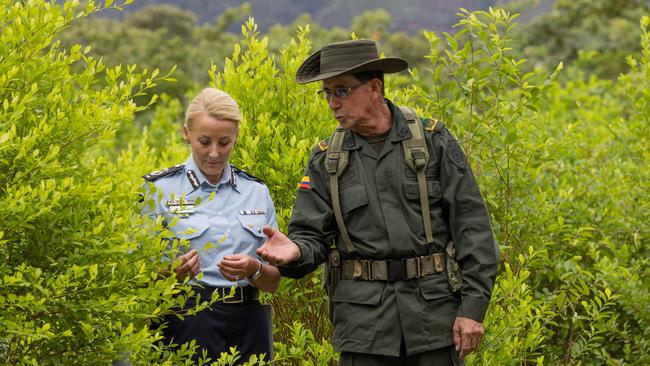

Just one shipping container seized at the Lazaro Cardenas port concealed 15 tonnes of precursor chemicals that was enough to make a year’s supply of ice for Australia.
Drug trafficking, or “the game” as it’s called by criminals, has become a global business, with organisations specialising in different parts of the supply chain.
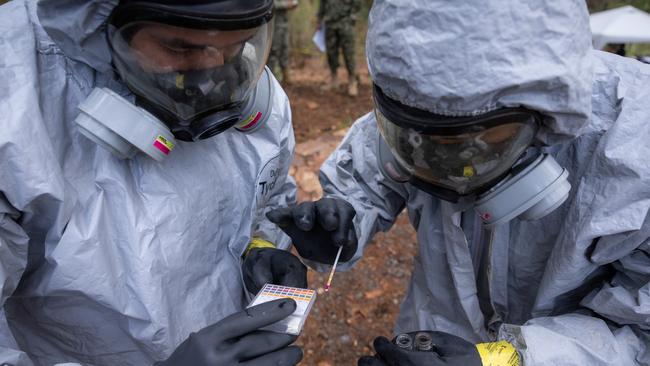
Chinese organised crime has joined Colombia’s drug lords, Mexico’s cartels, and Italy’s Ndrangheta mafia as another key pillar in the drug trade.
Unregulated Chinese laboratories have become the source of the precursor chemicals for ice, an insidious drug which has torn apart Australian families, created danger for our ambulance paramedics and nurses and filled our jails.
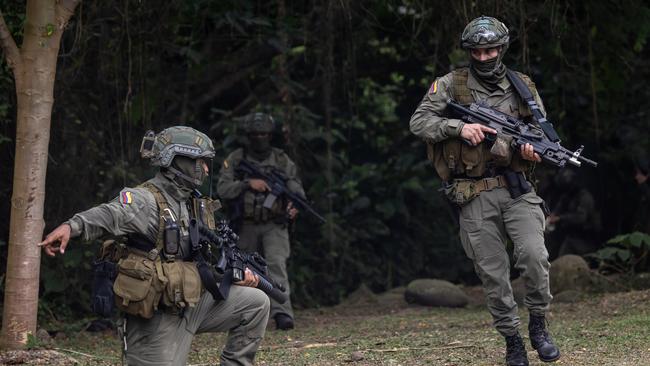
“Let’s just say in the conversations I’ve had throughout, talking to my partners offshore, it’s a similar saying that it’s Chinese organised crime that is shipping those precursors to those countries that need there to make meth,” Asst Comm Schofield, who runs the AFP’s Crime Command, said.

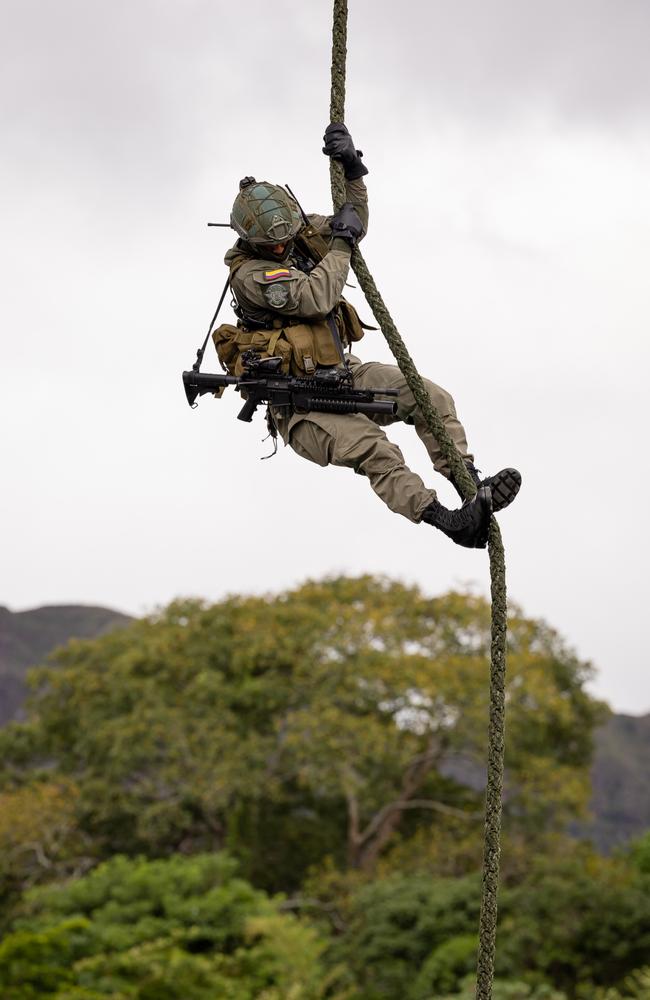
“When you’re looking at the production of ice, you’re looking at the Golden Triangle as one major area that produces meth. And the other one that we’re seeing at this current time is Mexico. Mexico is a big producer of meth,” she said.
“So we also have officers stationed here in Mexico working with the Mexican navy and other law enforcement in South America to stop it at the source.”
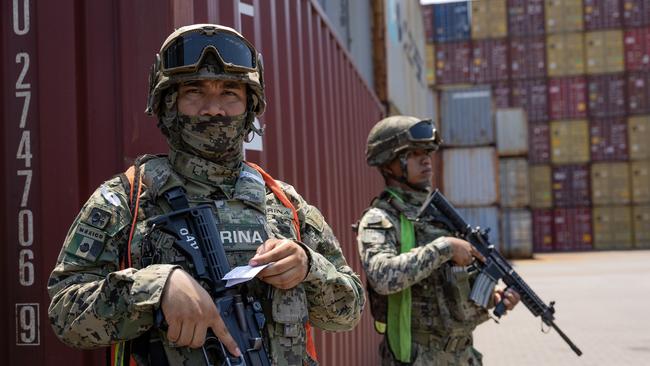
One of Mexico’s top cops, Commissioner General Felipe de Jesús Gallo Gutiérrez, head of the criminal investigations agency at the Fiscalia General, agreed to be interviewed at his Mexico City office for this investigation.
He warned Australia was at risk of being a target for shipments of fentanyl, which has caused record drug deaths in the United States.
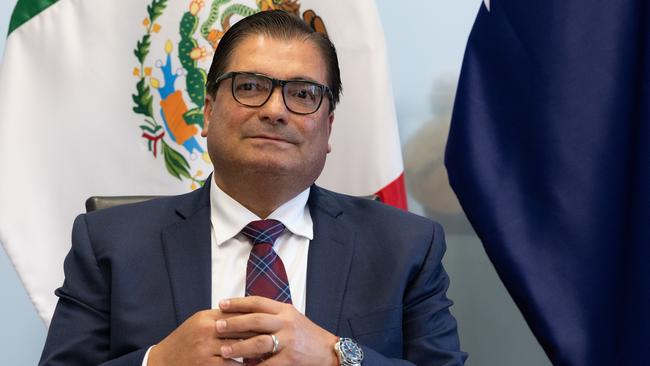
Only two milligrams of fentanyl, equivalent to two grains of salt, was deadly.
“I would say to Australia, just be cautious about this substance, because at some point fentanyl might reach the Australian market. It is just a matter of time,” Mr Gallo said.
Fentanyl “can be produced in four hours just by mixing three or four substances”, he added.
“And you don’t really need a lot of special machinery to produce that.
“That’s actually why it is deadly because there is no quality when they are producing these drugs.”

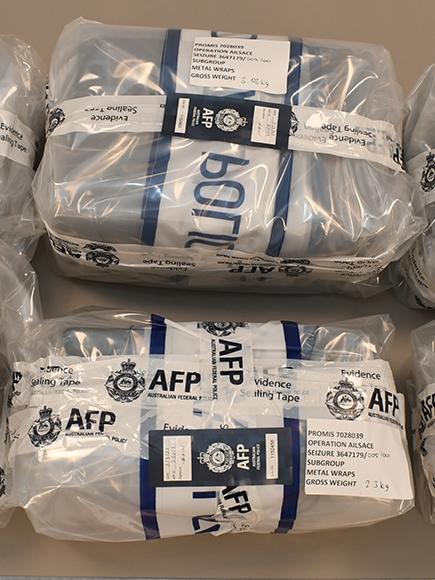
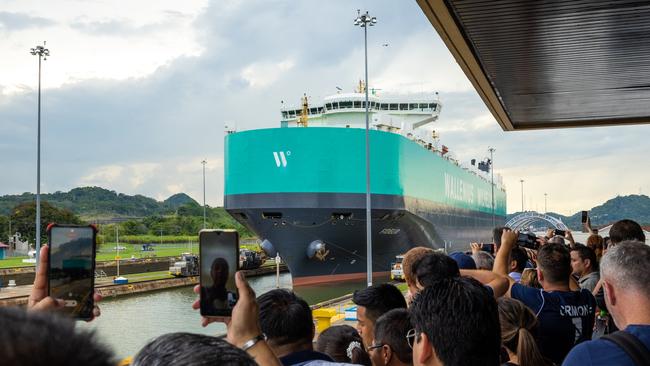
Mexican cartels have moved into fentanyl production because it is cheaper and easier to make than ice or cocaine.
The new product line has emerged in a similar way to how the Mexican cartels shifted from being wholesale distributions of Colombian cocaine to producing tonnes of ice each year.
However, ice remains the Mexican cartels’ major earner.
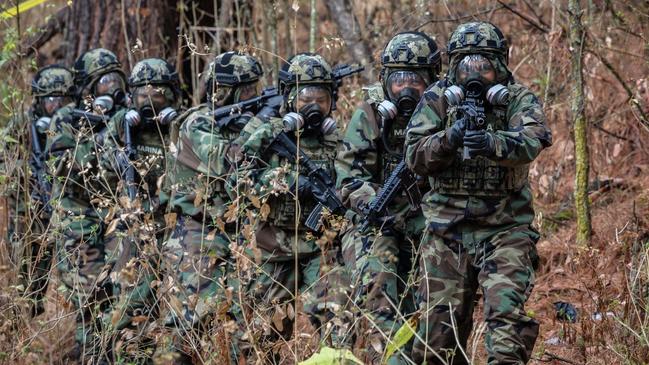
Precursor chemicals used to make ice are being sent to Mexico by Chinese organised crime from any one of the 285,000 unregulated pharmaceutical companies in that country.
Jeremy Douglas, who has worked in Asia for the United Nations Office on Drugs and Crime since 2013, has witnessed the expanding reach of Chinese organised crime.
The Sam Gor cartel has been the main players in the region, bringing together smaller organised crime groups into an international conglomerate.
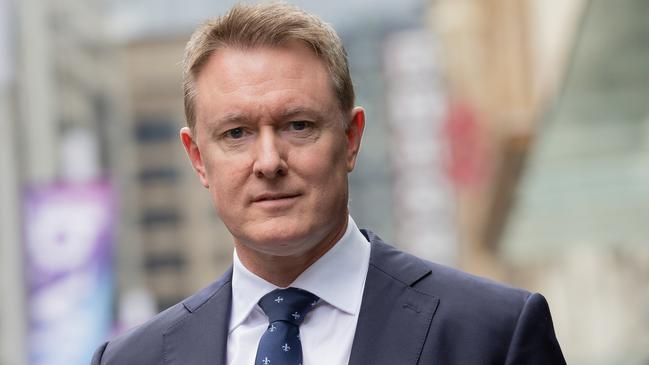
The cartel cemented its power by guaranteeing drug deliveries – any shipment seized by police was replaced.
“Everyone went to them for the supply. There was this kind of change in trafficking pattern that they engineered as a result of that business model,” Mr Douglas said.
The man whom police allege is at the centre of the cartel, Chi Lop Tse was extradited to Australia in December on charges related to an 2013 ice importation into Melbourne which he has vowed to defend.
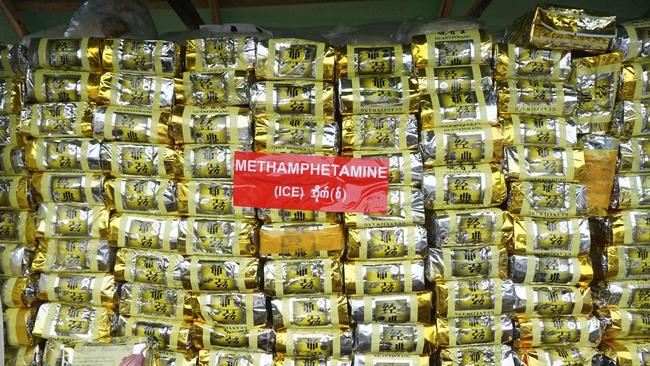
Police say the Sam Gor cartel was behind the surge in ice on Australia’s streets a decade ago as they increased production in the lawless Shan State, the border areas of Myanmar, Laos, Cambodia and China.
They are now switching to industrial scale production of ketamine – a hallucinogenic party popular in nightclubs.
“It’s very clear that they’re doing a strategy with ketamine that they also did with methamphetamine a few years ago, which is a supply push pattern where what they do is flood the streets to build the market and therefore build a demand for it,” Mr Douglas said.
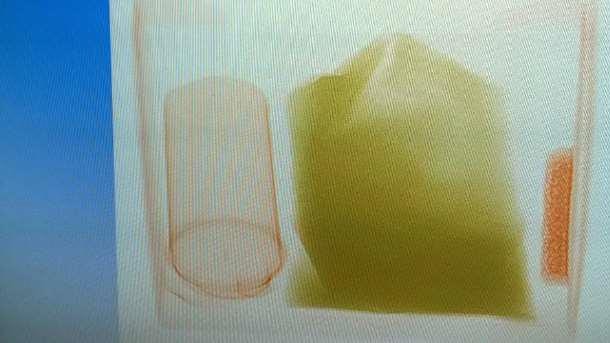
The drugs are being moved on Australian streets by Comanchero, Lone Wolf and Hells Angels bikie gangs.
They have set up new chapters in Thailand and Cambodia to broker deals with Chinese organised crime and control distribution in Australia.
“I’m sure they’re having fun. But the reality is, on the side of that, having fun and going to girly bars and lifting weights, they’re clearly doing deals,” Mr Douglas said.
“They’ve expanded significantly and basically they’re in the same place that the big brokers are and the producers are.”
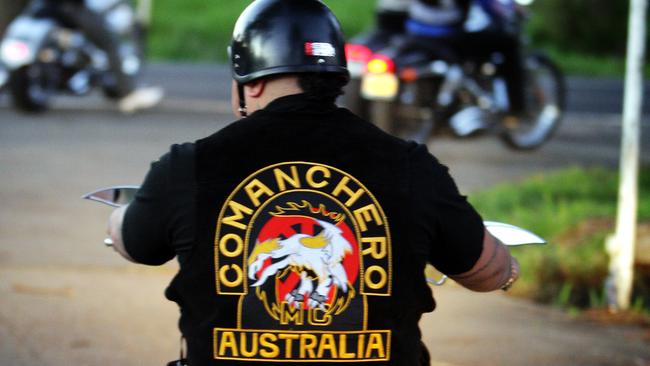
Bikies have also moved into Pacific Islands such as Tonga so they can monitor the shipment of drugs – precursors from China to Mexico and cocaine and ice on the return trips back to Australia.
Papua New Guinea and other smaller islands have also been turned into illegal drug depots, with tonnes of ice and cocaine stockpiled there so cartels can drip feed supply to keep prices high.
“The South Pacific in particular is quite vulnerable. If you’re looking at, you know, vessels travelling from South America to the Australian coastline, particularly the east coast, they go through the Pacific,” Assistant Commissioner Schofield said.
“So we’re also invested heavily in those countries in the Pacific uplift to help really cut off that supply.”
Read related topics:Narcos on the Frontline


